When the NYSRPA v Bruen decision was first released, a justifiably skeptical gun world didn’t get too excited too fast. But, from the first time I read it, it became clear that gun control was in deep trouble. Those of us who have been in this fight for decades in one form or another still largely adopted a “wait and see” approach, because we’re used to things not panning out like we’d hope (even while the gun rights movement has had great success in the past couple of decades). Broken promises will do that to you.
But, now we’re seeing the opinion’s effects on subsequent cases, and almost no good for the gun control crowd is coming from it. Obvious things, like “may issue” concealed carry went first, followed by many other relatively small infringements. Age restrictions for young adults, carrying in post offices and the “sensitive places” argument are all having a tough time in court.
The big pillars of gun control are still intact, though, and the biggest pillar is the National Firearms Act of 1934. Under Franklin D. Roosevelt, the NFA was basically gun control’s beachhead in the United States. The $200 tax on several types of guns was a direct assault on working America’s gun rights, and was driven by corporate America’s fear of armed workers after things like the West Virginia Coal Wars. A big company could afford the tax and could turn their guns on striking workers, as could mobsters. But, the working man was priced out of the market and left at a disadvantage.
The NFA also acted as a cornerstone upon which other gun control could be built. Cases supporting the law came from corrupt courts, and then we got more gun control in the 1960s (including the 1968 Gun Control Act or GCA), and then more in the following decades. By the 1990s, Americans were starting to wise up and see that there was no end to the agenda, and started fighting back, and it took decades to unwind most of it.
Now, we’re facing the old GCA and NFA. The question we face now is this: will Bruen be enough to take them down? A video from Washington Gun Law last month gives us some clues about the fight ahead.
One of the big things that propped up the National Firearms Act and many subsequent federal gun control laws was the Interstate Commerce Clause, which was (wrongfully, IMHO) expanded by the FDR-Era Wickard v Filburn decision. Instead of trying to keep interstate commerce regular (in the Metamucil sense and not the “ban it” sense), FDR’s New Deal agenda wanted federal control over everything, and the court (under threat of court packing) gave him what he wanted by saying even things that compete with interstate commerce in a state are considered interstate commerce.
This reliance on interstate commerce to justify these laws still doesn’t address other issues, such as the glaring problem of the Second Amendment denying the federal government power over guns, even in interstate commerce. But, now we’re starting to see these questions head back to court in the post-Bruen landscape.
The State of Texas decided to take this on, both with a law and with court action against the federal government. After a lower court dismissed Texas’ attempt to stop federal overreach on interstate commerce grounds, it’s now in the Fifth Circuit and could possibly wind its way all the way up to the Supreme Court.
In short, Texas and others joining it in its case says that suppressors being built in the state and stay in the state aren’t part of interstate commerce, and that the federal government cannot regulate firearms anyway, as there’s no historical tradition from the founding era to show that this was common practice as understood by the ratifiers.
There’s a lot more to this story that makes it worth your time to watch the video (especially the public health angle), but it’s hard to overstate the possible importance of this case. It could not only lead to better respect for gun rights, but a reduction of federal overreach in many other areas based on an expansive view of interstate commerce.
Colt Combat Commander
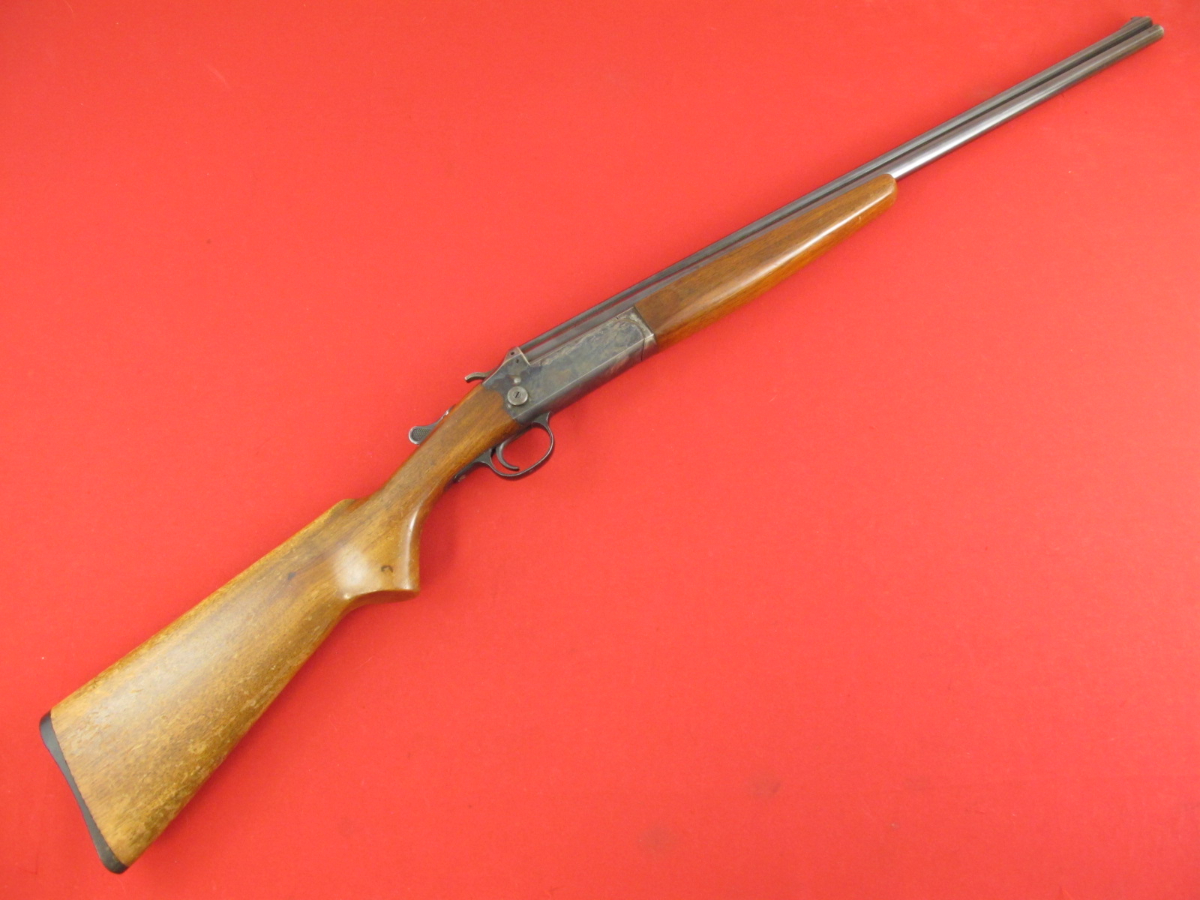
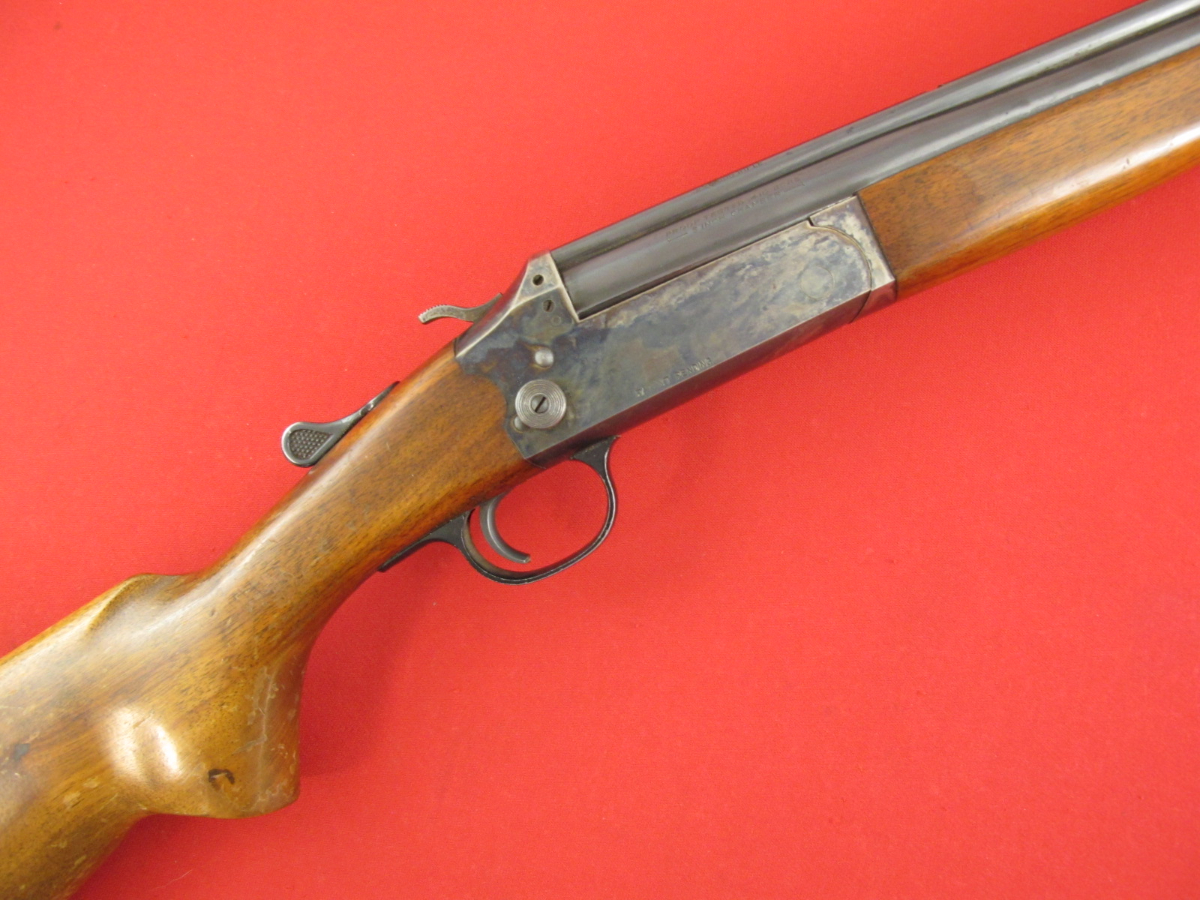
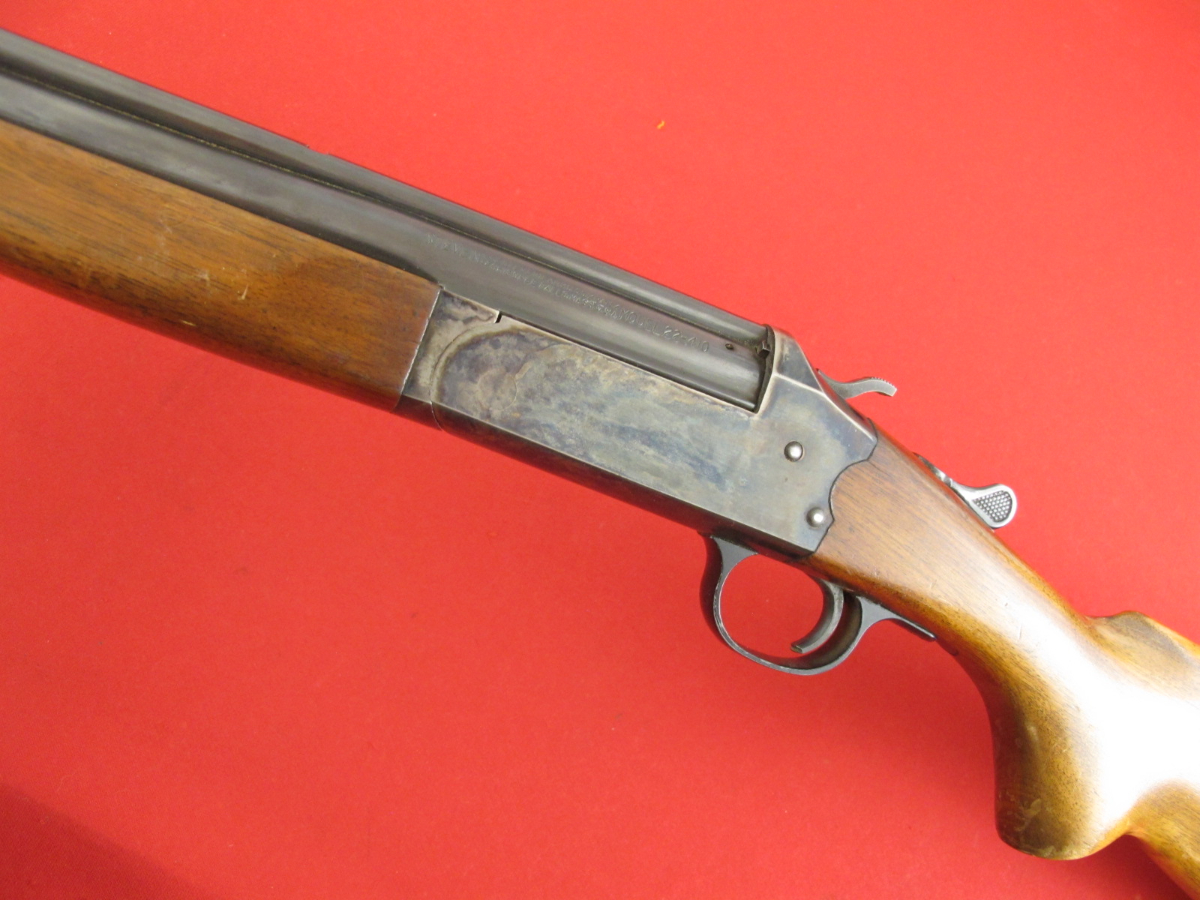
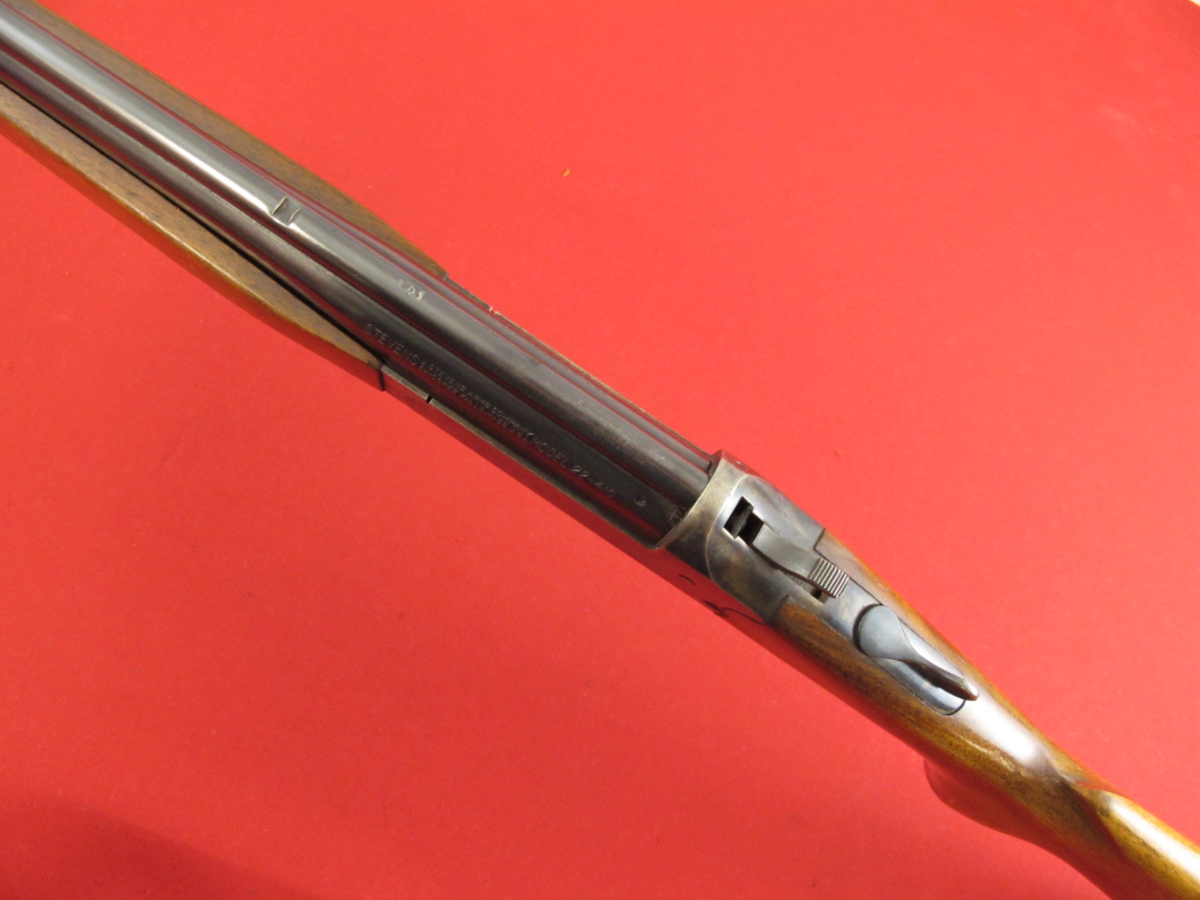


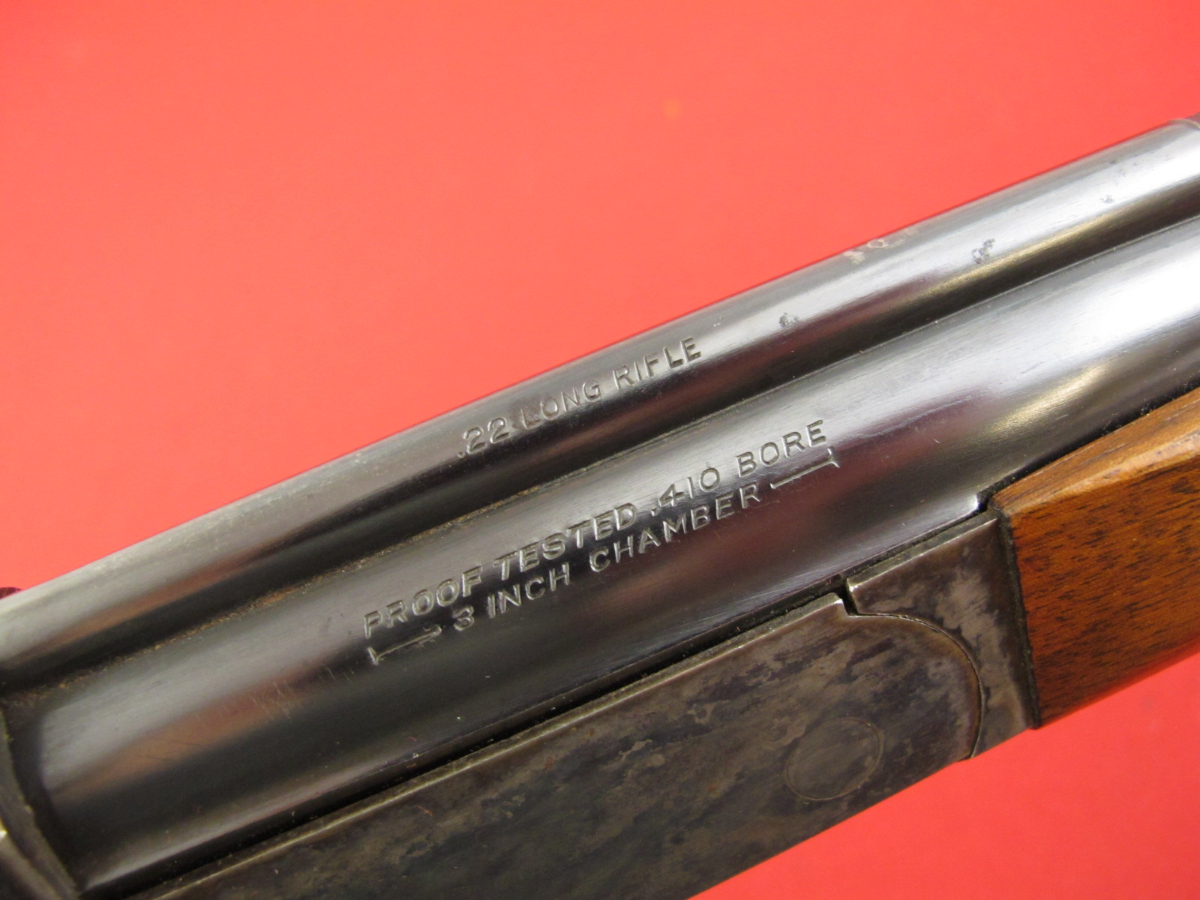
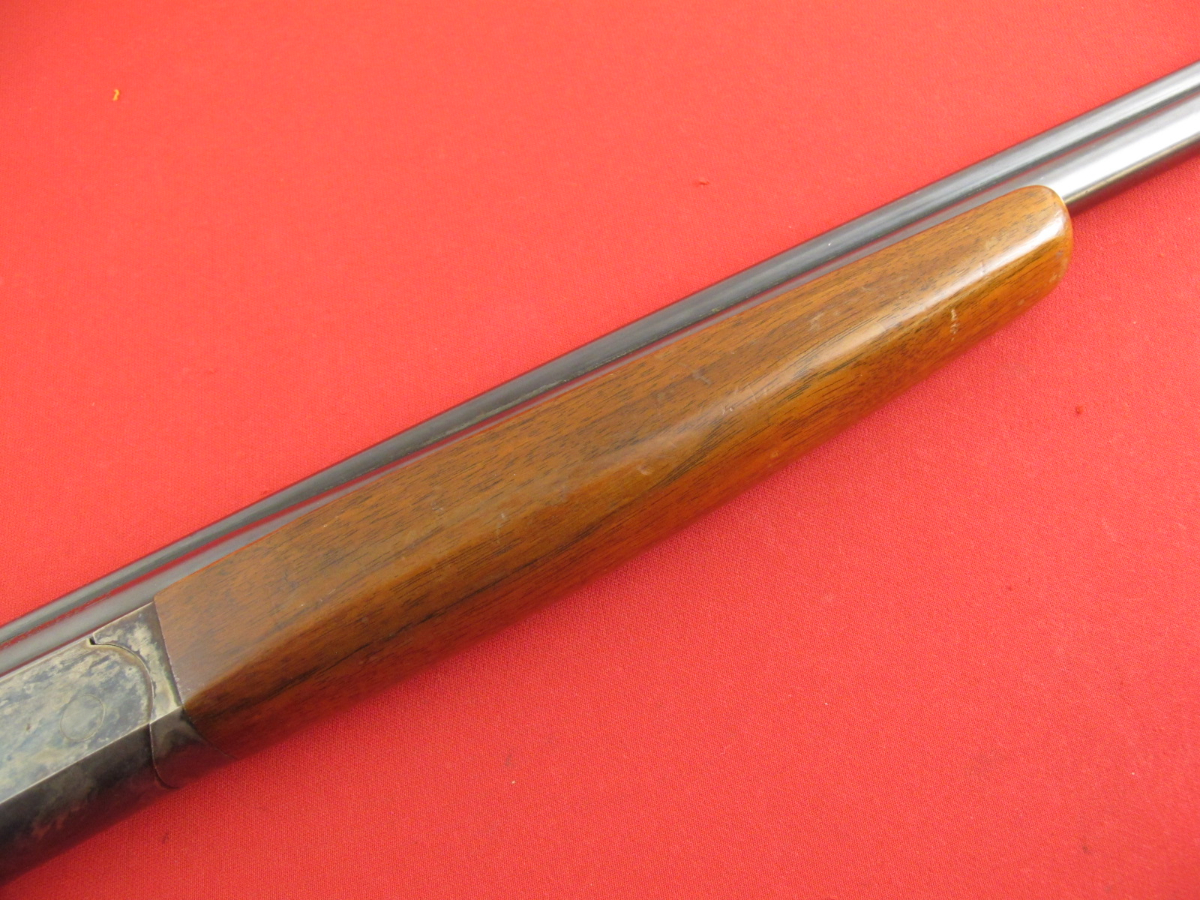
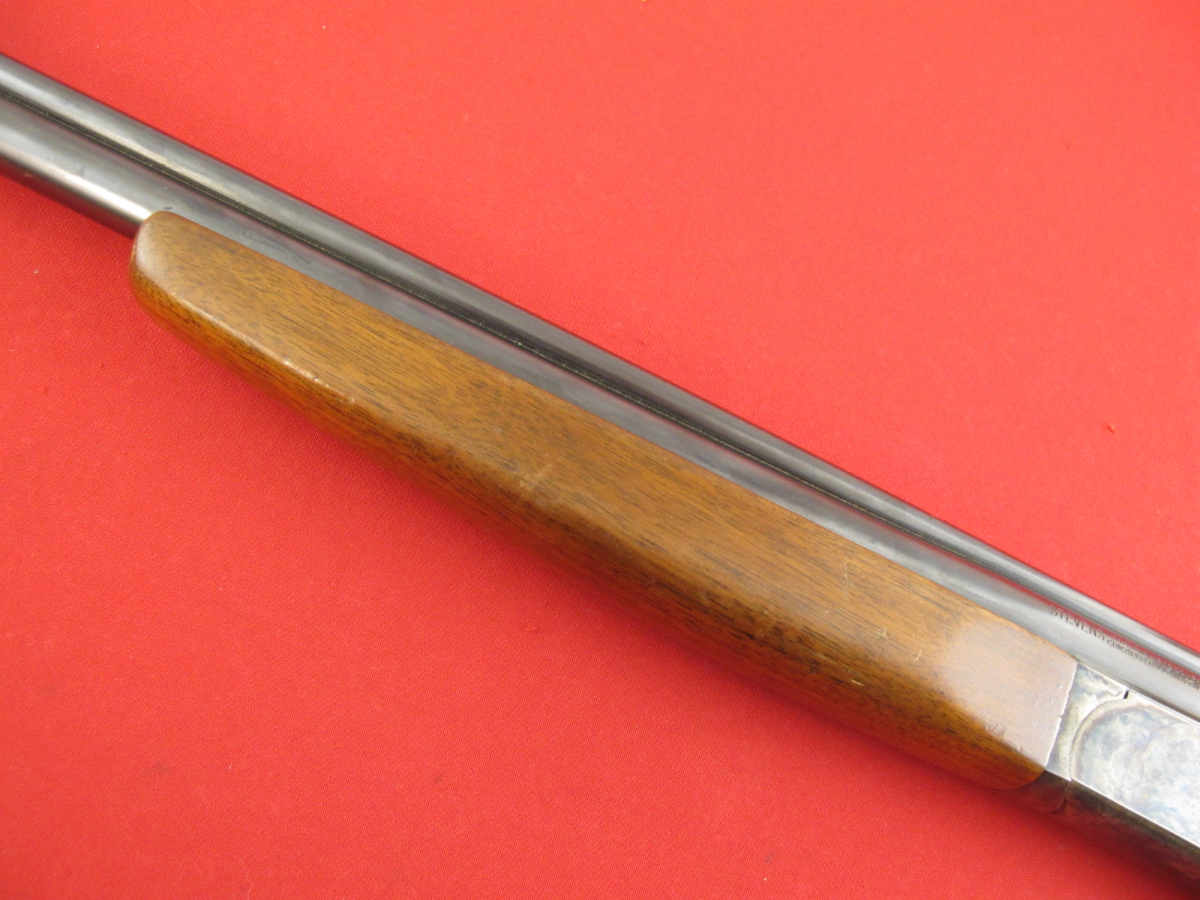
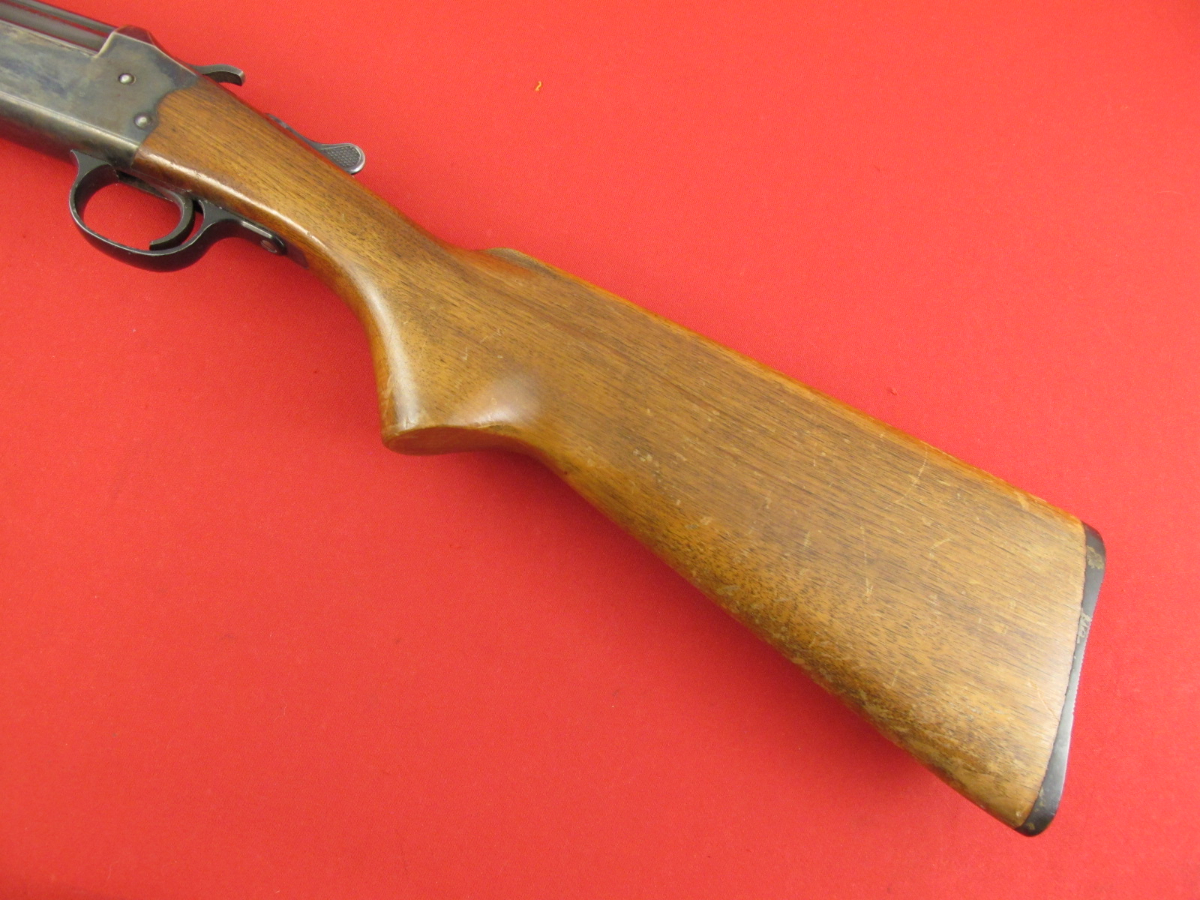
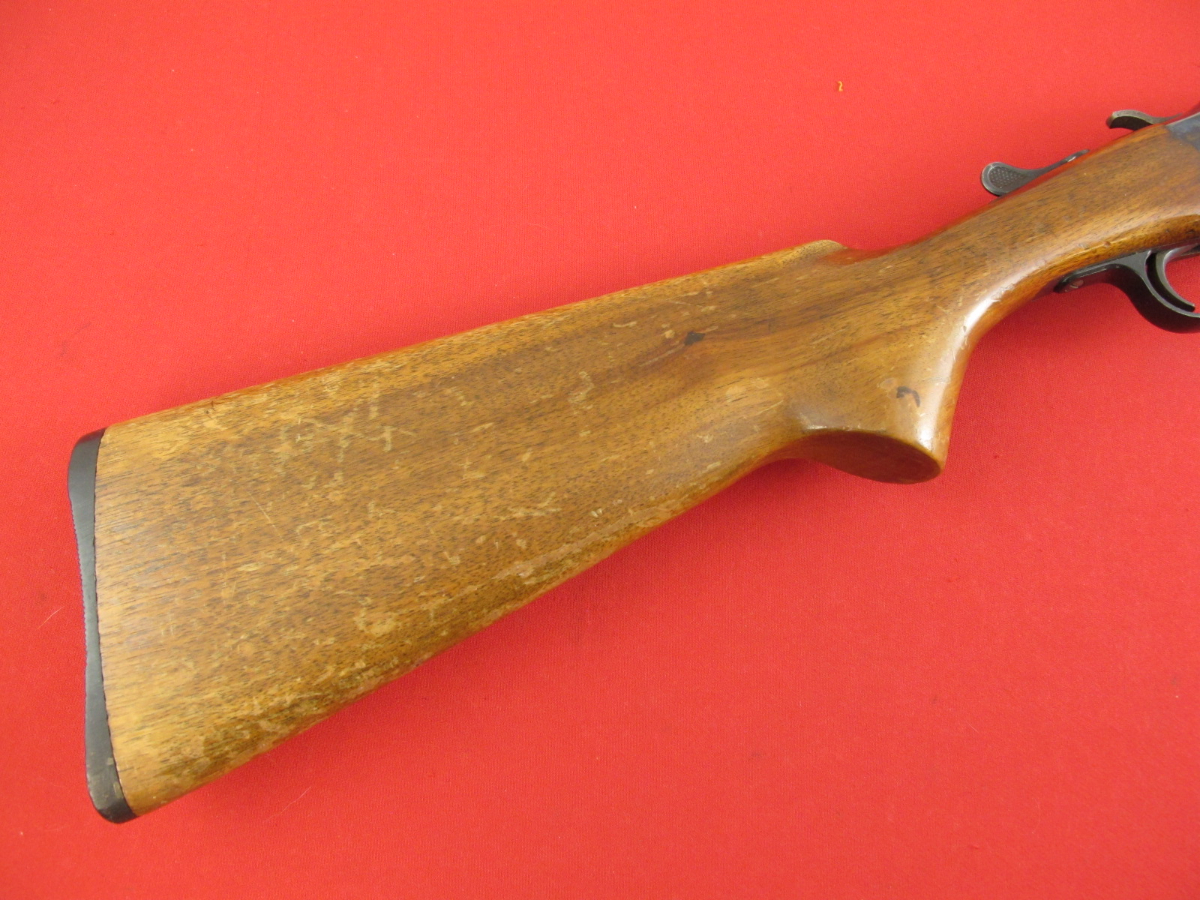
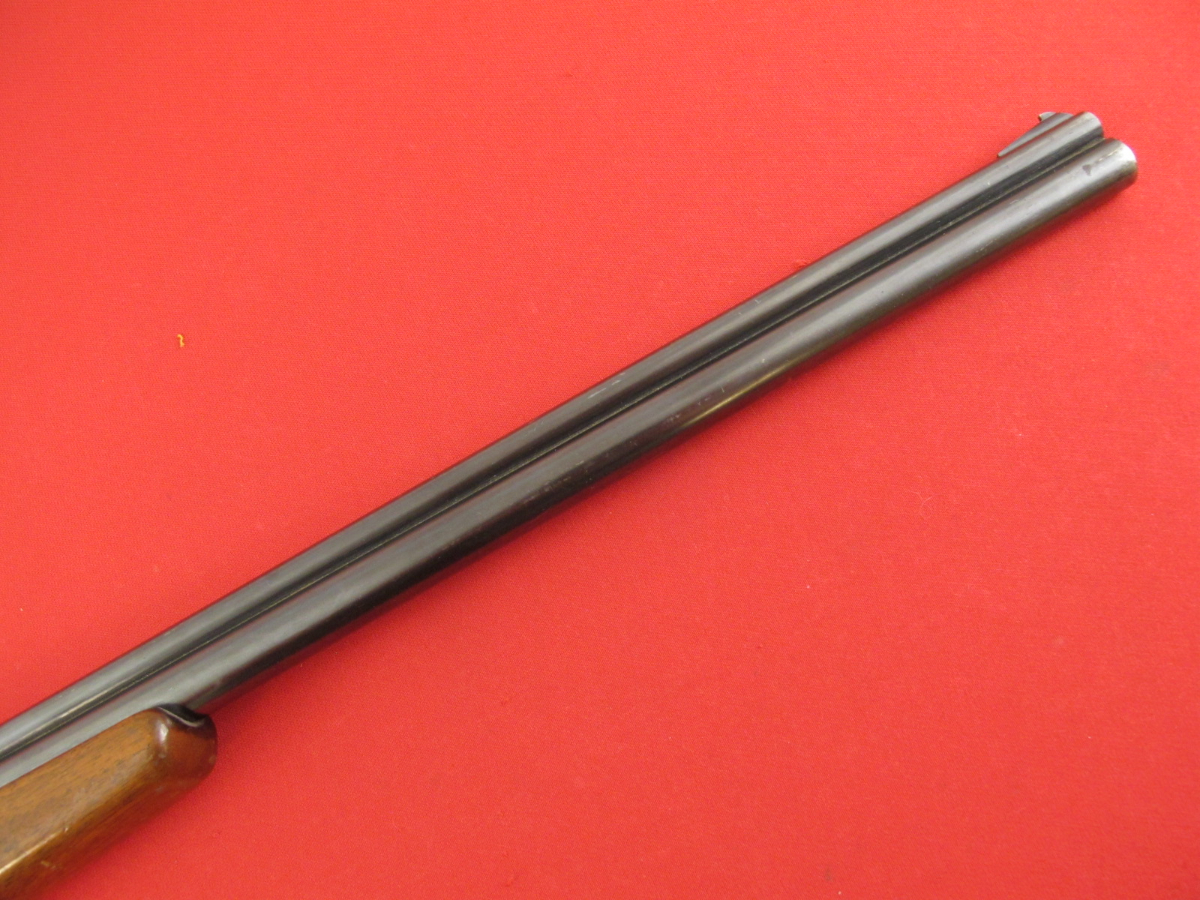
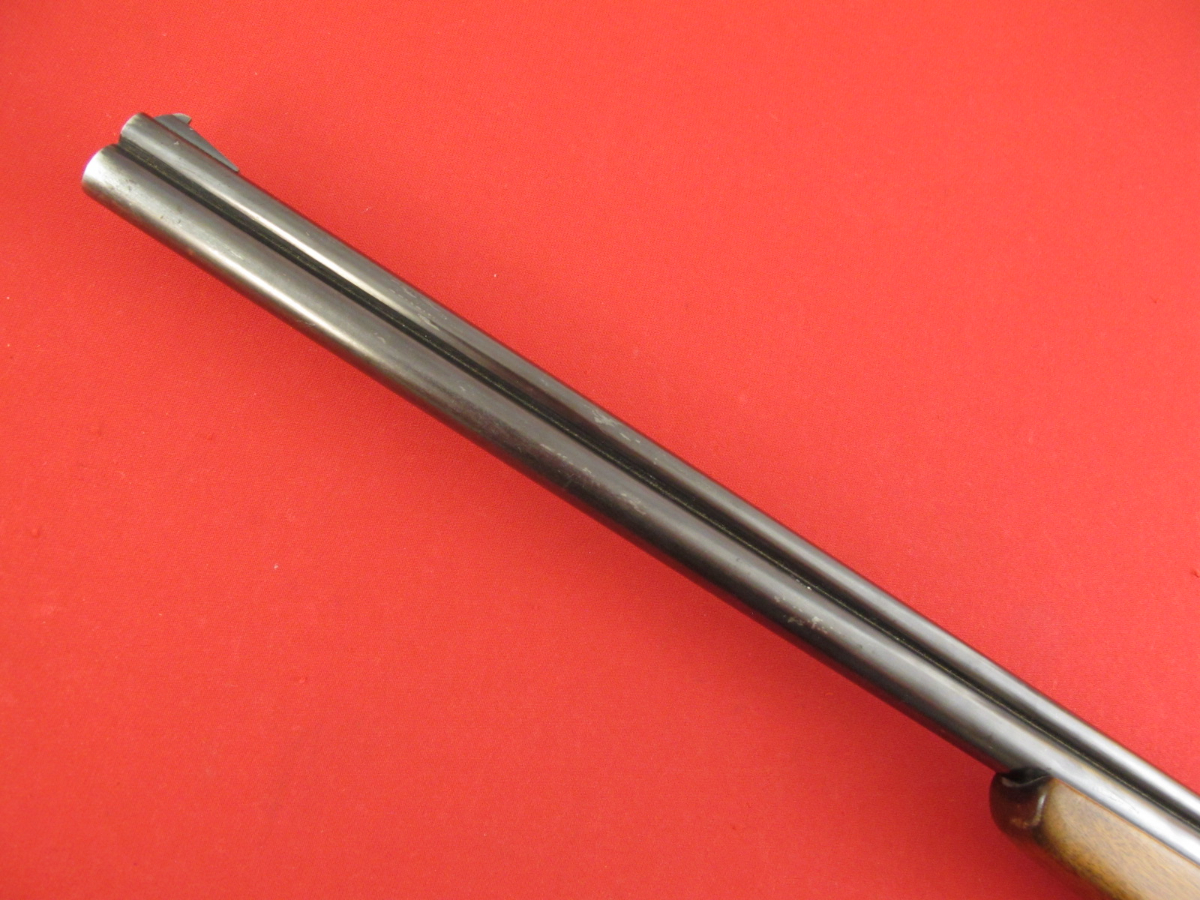



In the English language, the word legacy has multiple meanings. It can be used as a noun or an adjective to describe outdated computer software, a gift by will of an heirloom or money, or something transmitted or received from an ancestor or predecessor.
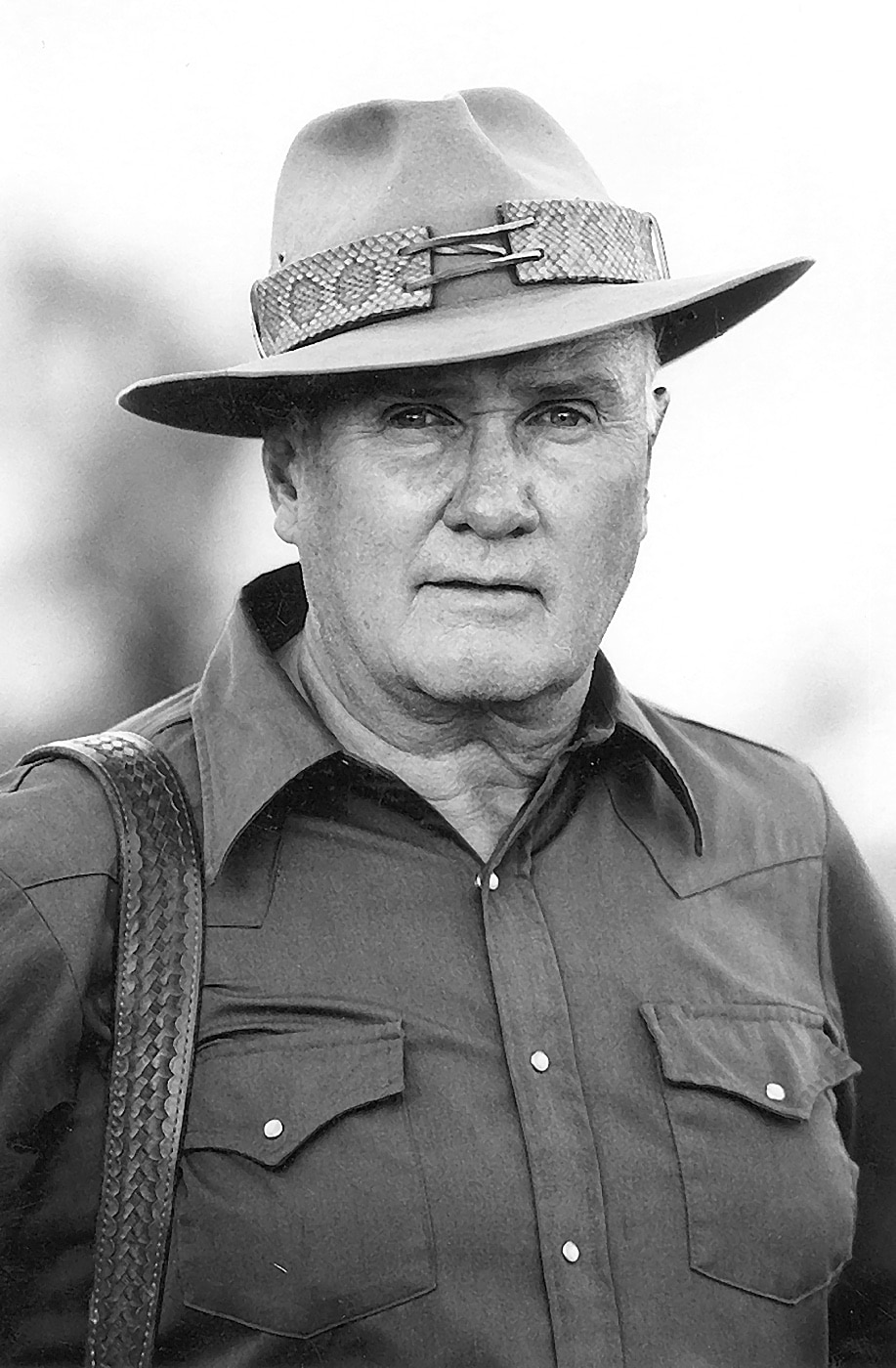
When we consider the origins of modern pistolcraft, the legacy of Jeff Cooper is without peer. The doctrine he pioneered well over a half-century ago rings true to this day and has yet to be surpassed in my opinion. In recent times, a few contemporary trainers have indeed advanced the art, but for me their contributions pale when compared to those of Lt. Col. Cooper.
Throughout his life, Jeff Cooper wore many hats with distinction. He was a Marine officer, shooter, race car driver, big game hunter, instructor and the world’s foremost expert on small arms. He was born in Los Angeles, California in 1920 and was a graduate of Los Angeles High School and Stanford University where he was enrolled in the ROTC.
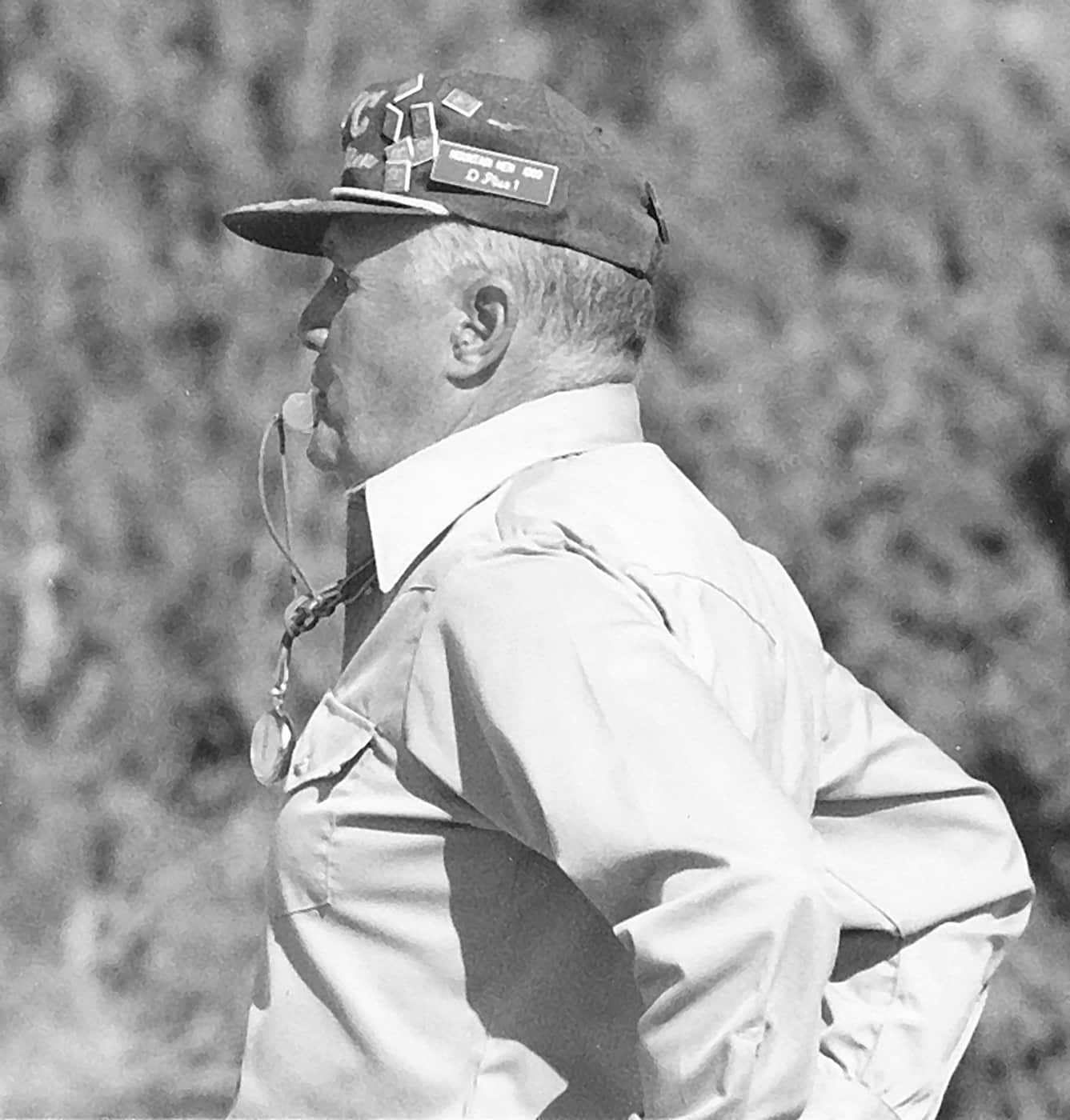
Just prior to World War II, he was commissioned as an officer in the Marine Corps where he served in the Pacific Theater. After the war, he was transferred to the Marine base in Quantico, Virginia, where he became an instructor in firearms. Because of its close proximity to the FBI Academy, Colonel Cooper was able to interact with members of the Bureau and explore and develop his thoughts on handguns for personal defense.
After leaving the Marine Corps, Lt. Col. Cooper moved to Big Bear Lake in California, where he organized shooting contests called Leatherslap. With his highly analytical mind, he was able to make a determination on what techniques worked best and how they might be applied to personal defense. In many ways, this was the genesis of the Modern Technique of the Pistol.
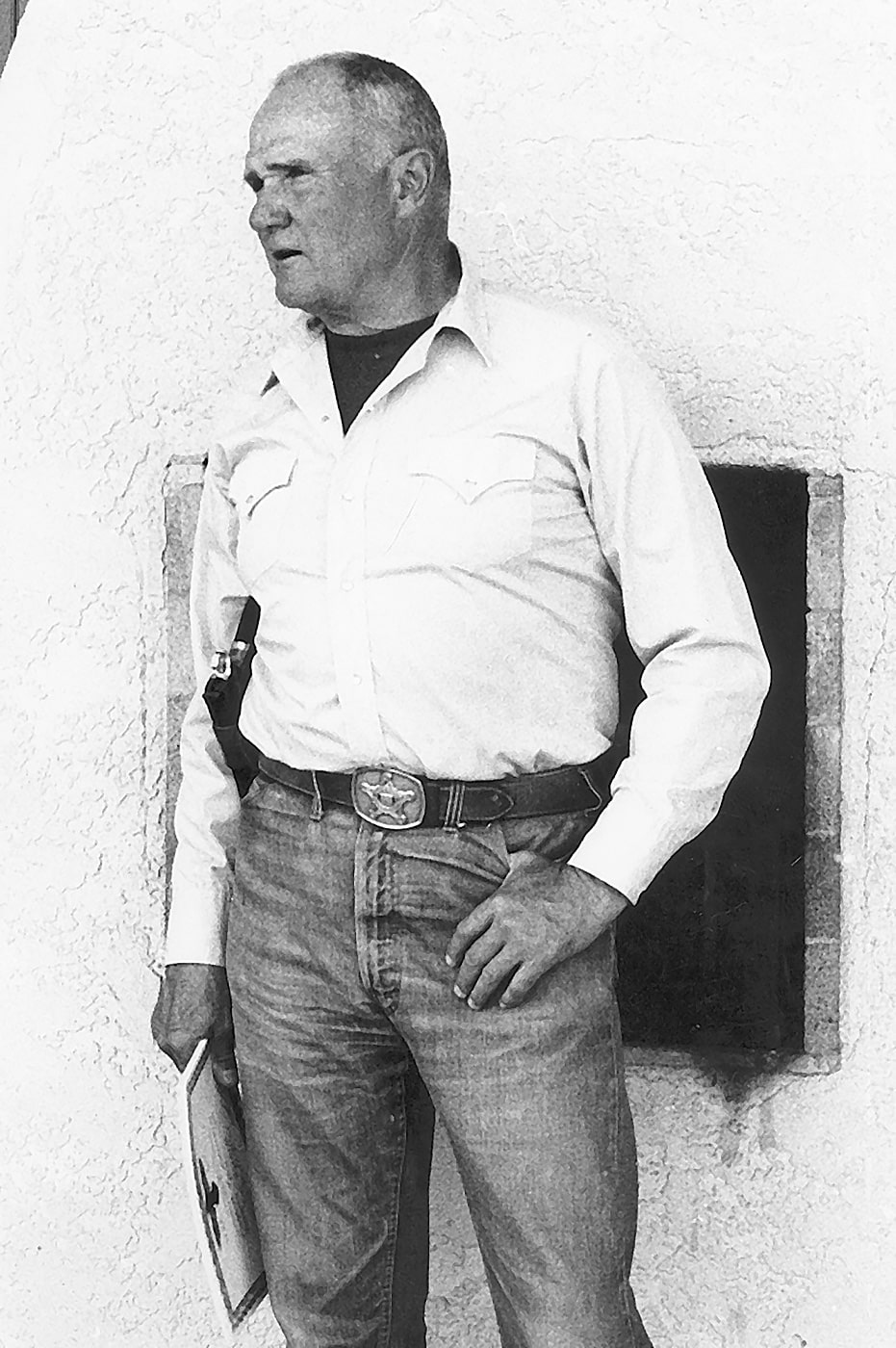
Around the same time, Lt. Col. Cooper had established himself as a gunwriter of note and soon developed a huge following. In 1976, he established the American Pistol Institute, the first training school to offer combat pistol training to the general population. The school is now known as Gunsite and is widely recognized as one of the world’s most prestigious shooting institutions.
The Modern Technique of the Pistol
Prior to the introduction of the Modern Technique, combat pistolcraft had not evolved much since the 1930s. Large unobstructed targets were the order of the day along with generous time frames. A great deal of unsighted fire was proscribed, often at unrealistic distances. When I first entered law enforcement, this was still the prevailing doctrine and it would be quite some time before things began to change.
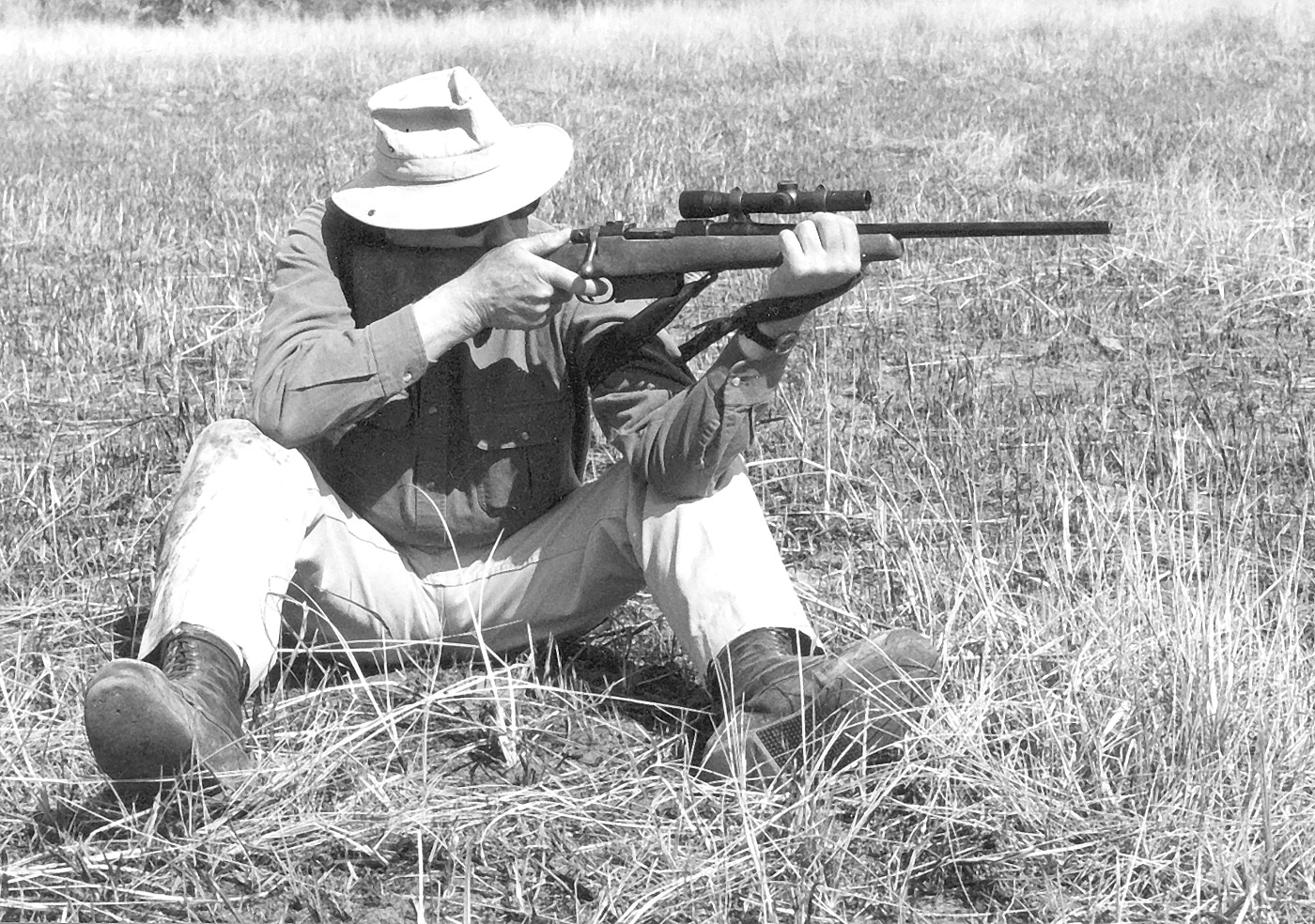
The Modern Technique of the Pistol is a total system that addresses mindset and gun handling as well as practical marksmanship. There is much more to winning a fight than being a good shot, and placing equal focus on mindset and gun handling was a revolutionary thought back in the day. Giving equal attention to practical marksmanship, gun handling and mindset describes the Combat Triad, part of his training and the ultimate key to success in armed conflict in my mind.
In many ways, the Modern Technique of the Pistol represented a 180-degree flip over what came before, and much of it was in conflict with what I had been previously taught. I absorbed pieces of it through Cooper’s articles, but at that time I wasn’t able to buy into it fully. However, change was in the wind.
Without question, the FBI holds great influence with other domestic law enforcement agencies relative to both training and equipment. In the early 1980s, the FBI adopted a great deal of the philosophy of the Modern Technique of the Pistol and began to teach many of the components to its agents.
I still have a VHS tape produced by the Bureau at that time and used it for years in my training. With the FBI endorsement of many of its elements, the Modern Technique quickly became very popular in law enforcement circles. As a pretty green firearms instructor at that time, I knew where I had to go to get the real message and shortly thereafter I was able to travel to Arizona and take a class at API.
For those not familiar with it, the Modern Technique is comprised of five elements. They include:
- The Weaver stance
- The flash sight picture
- The compressed surprise break
- The presentation
- The heavy-duty pistol
Even the most casual observer of combat pistolcraft associates Lt. Col. Cooper with the 1911 .45 ACP pistol, and the reason is quite simple. The single-action 1911 pistol is an easy pistol to shoot to a high standard and, back in the day, the .45 ACP cartridge was far superior to the lesser options. Today, with improvements in handgun ammunition, that point may be debated. But at one time, the .45 ACP was the undisputed king of the hill.